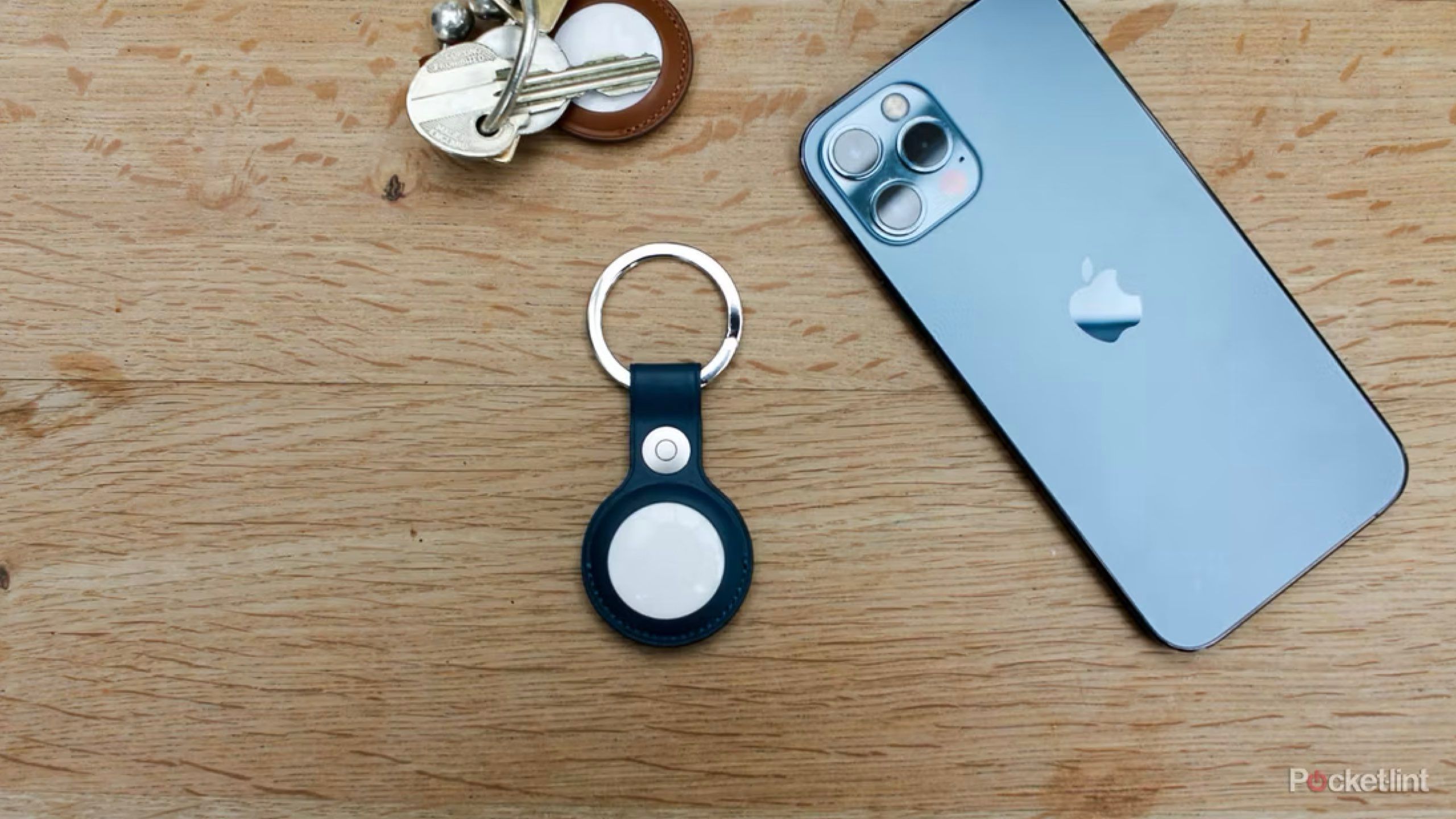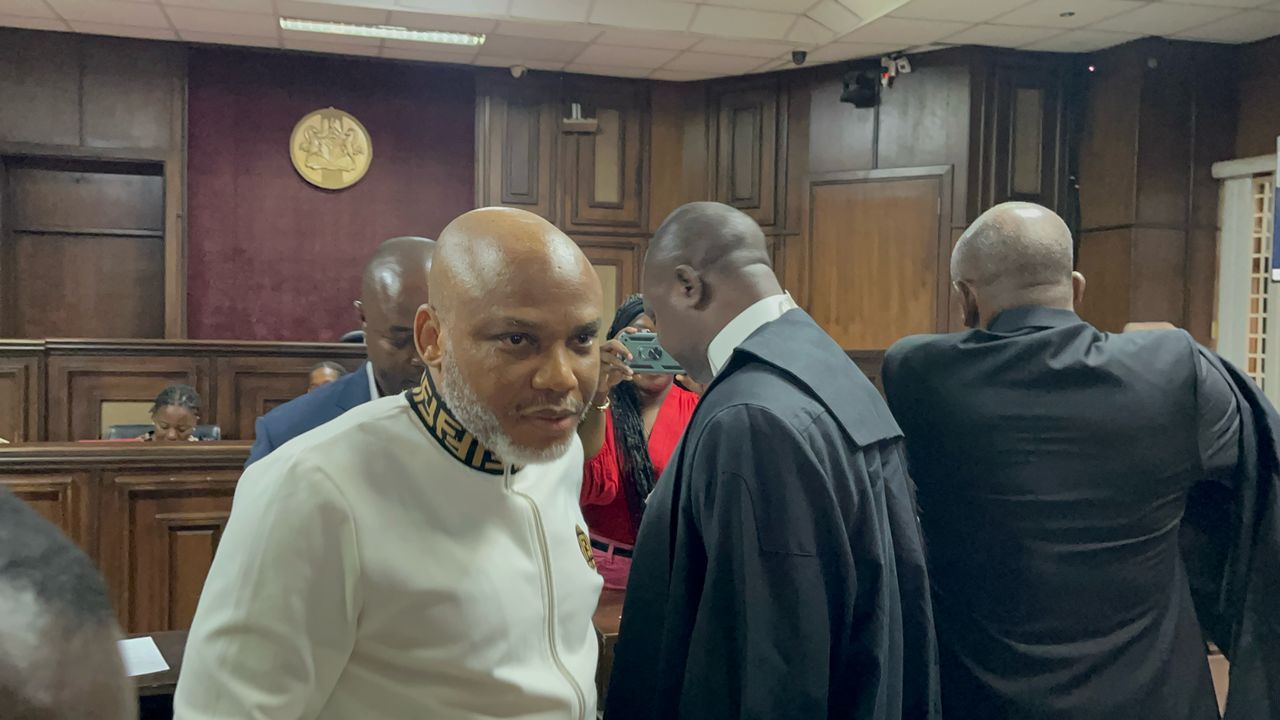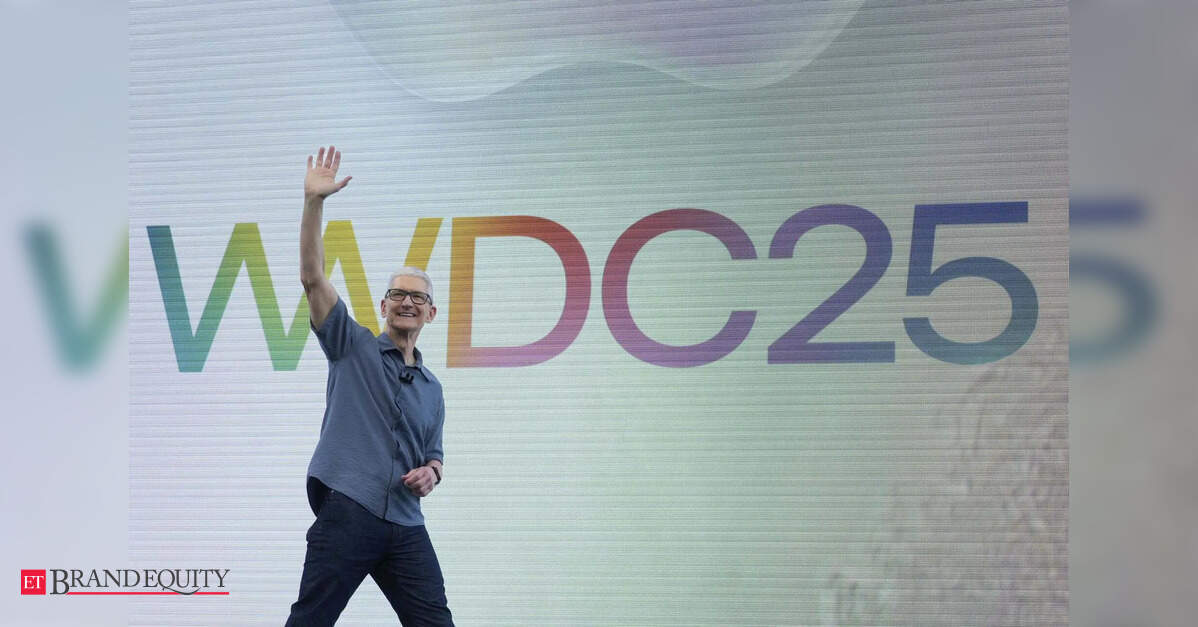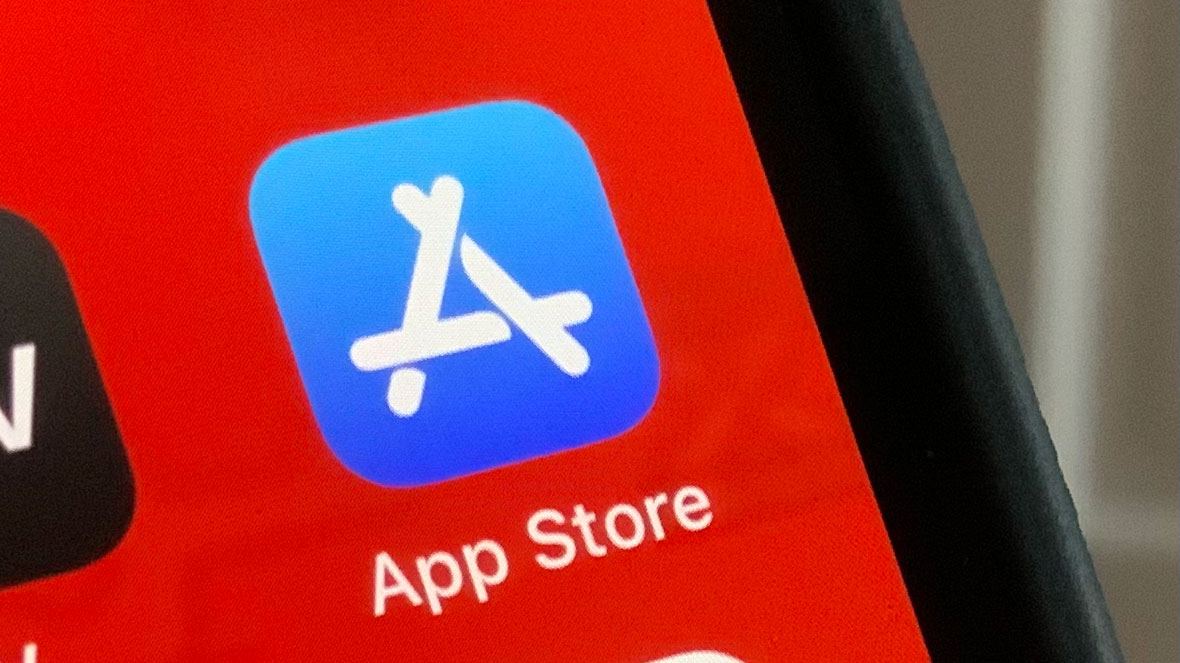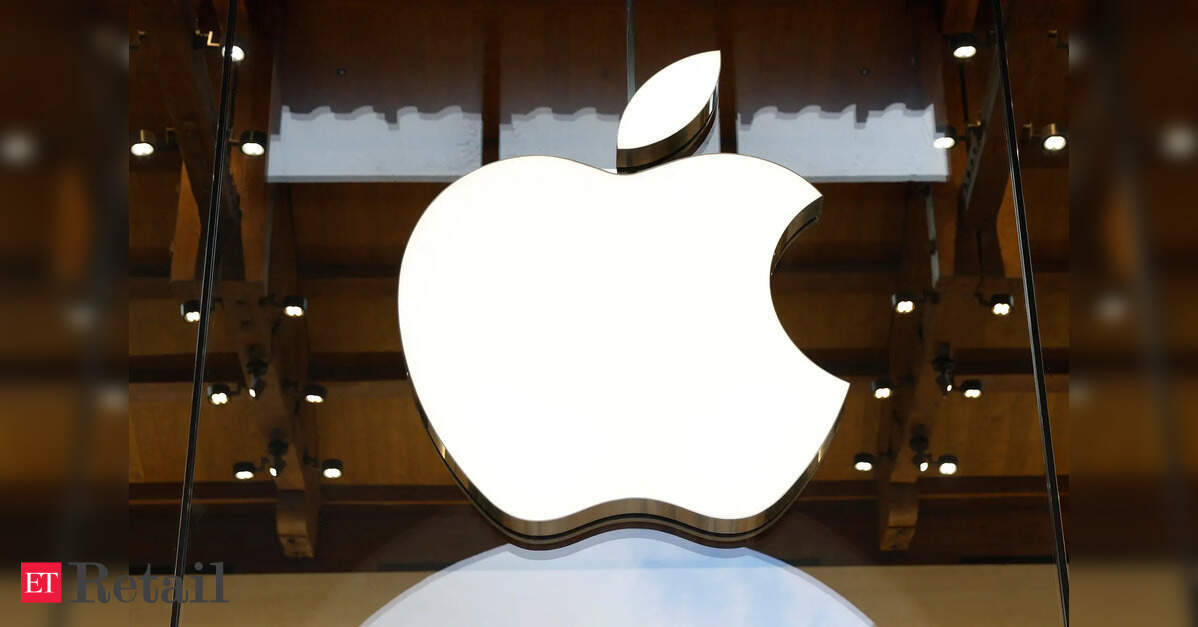Motorola's Moto Tag product, which competes head-on with Apple's popular AirTag tracker, is about to enjoy a major boost in functionality. Upon installing the new software version 01.00.073.10 of the Moto Tag app, as well as version 2.0.93 of the tracker firmware itself, users of the gadget will be greeted with a far more precise tracking experience than in months prior. This set of updates, which is rolling out now, adds official support for the device's preexisting ultra-wideband (UWB) radio (via The Verge).
For reference, when the Moto Tag itself was released last year, it shipped with built-in UWB technology. UWB allows for precise distance measurement with directionality, a feat which Bluetooth alone is unable to achieve. Unfortunately, over on Google's side, UWB functionality hadn't been implemented in the Android Find Hub (formerly Find My Device) app -- until now.
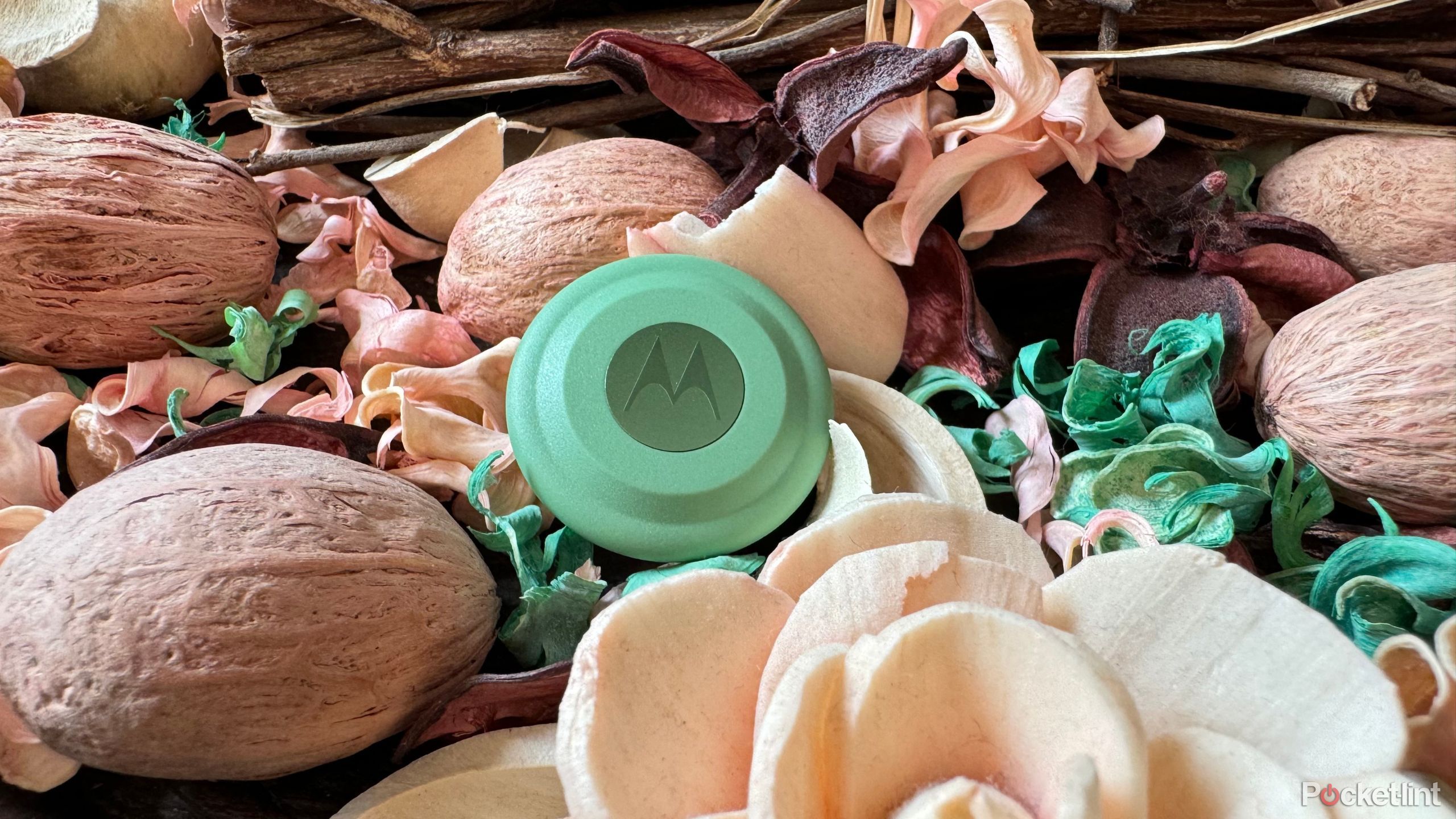
Related
Motorola's Moto Tag is exactly what I've been looking for in a tracker
Motorola's Moto Tag brings AirTag simplicity to Android with a sleek design, UWB tech, and an affordable price -- it's a must-have tracker.
With this server-side update from Google, any and all third-party tracking gadgets with UWB connectivity can update their own firmware in order to tap into enhanced levels of precision. While other UWB-compatible Android trackers exist on the market, Motorola is first out of the gate in pushing out a compatibility patch in response to Google's ecosystem-wide Find Hub upgrade.
It should be noted that in order to leverage precise post-update UWB tracking via the Moto Tag, you'll need to be rocking an Android phone with a corresponding UWB radio of its own. Many flagship devices ship with UWB, including the Galaxy S25 Ultra and the Pixel 9 Pro. For the time being, UWB is less commonly found on mid-range handsets.
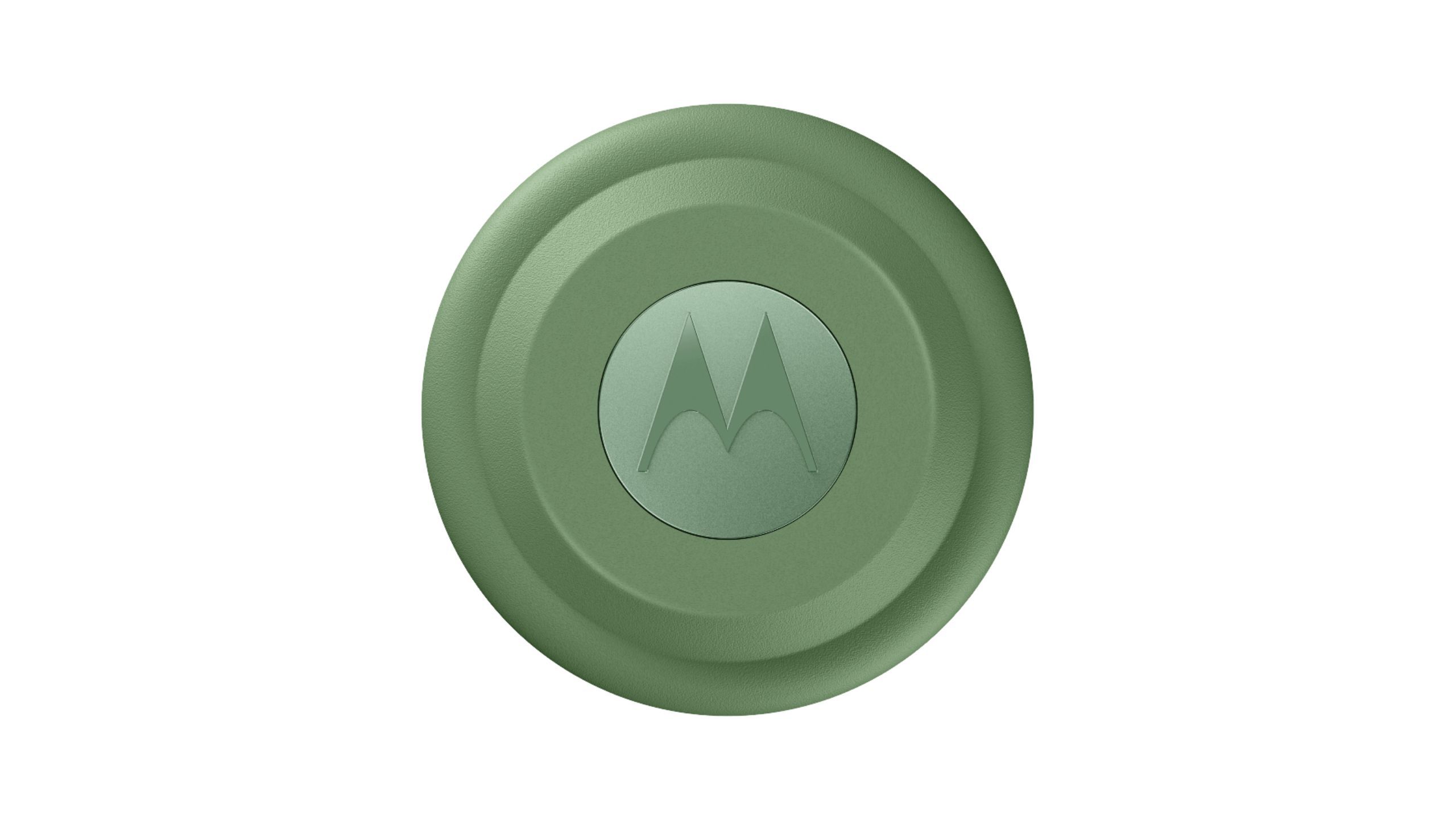
Motorola moto tag
- Motorola
- Plastic
- Bluetooth, Ultra-wideband
- CR2032
- 100 meters
- IP67
The moto tag is Motorola's new tracker device that works with Android's Find My Device network. It comes with both Bluetooth and ultra-wideband radios, IP67 water and dust resistance, and a full year of battery life per charge.
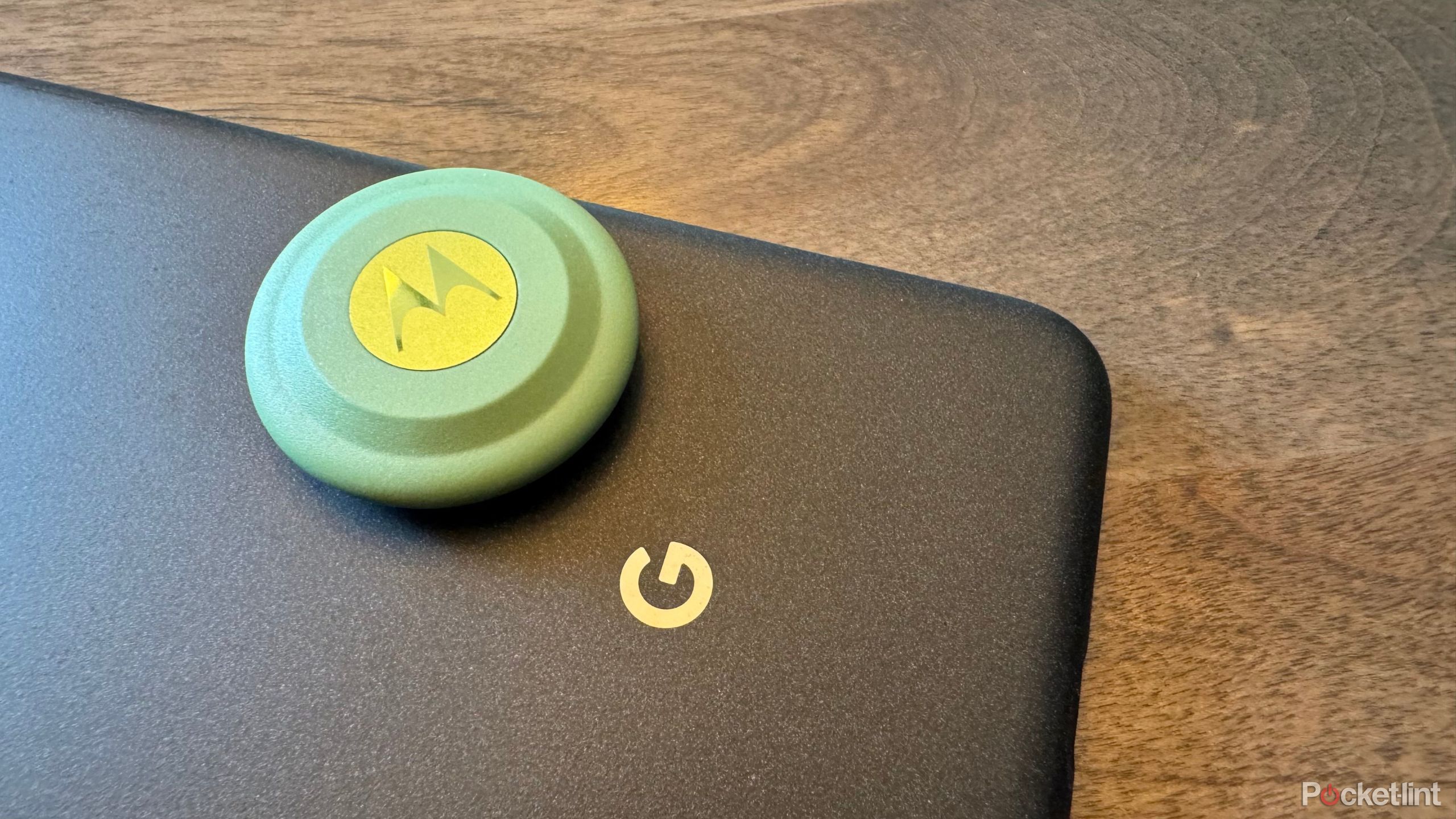
When I reviewed the Moto Tag back in August of last year, I praised the product for its solid build quality, its handsome aesthetics, and its plug-and-play setup. Unlike some other tracker accessories within the Android ecosystem, Motorola opted to create a product that is directly analogous to the UWB-clad Apple AirTag in terms of form factor and specifications. As a result, I called the Moto Tag the "quintessential AirTag equivalent for folks on the Android side of the smartphone duopoly."
With the Moto Tag now able to tap into its true hardware potential with UWB up and running, the product is an even more compelling peripheral for those who travel on a regular basis or who tend to misplace their belongings. With Google having opened the UWB floodgates, I expect a growing number of accessories and Android-based handsets to adopt the radio technology in the coming months and years.
If there's one gripe I have with the Moto Tag, it's that it isn't cross-compatible with the iPhone. There's an increasing number of trackers on the market that are compatible with both Google's Find Hub system and Apple's Find My network. I'm unsure whether a future software update could address this incompatibility issue, or if there are additional hardware considerations that I'm simply not privy to.
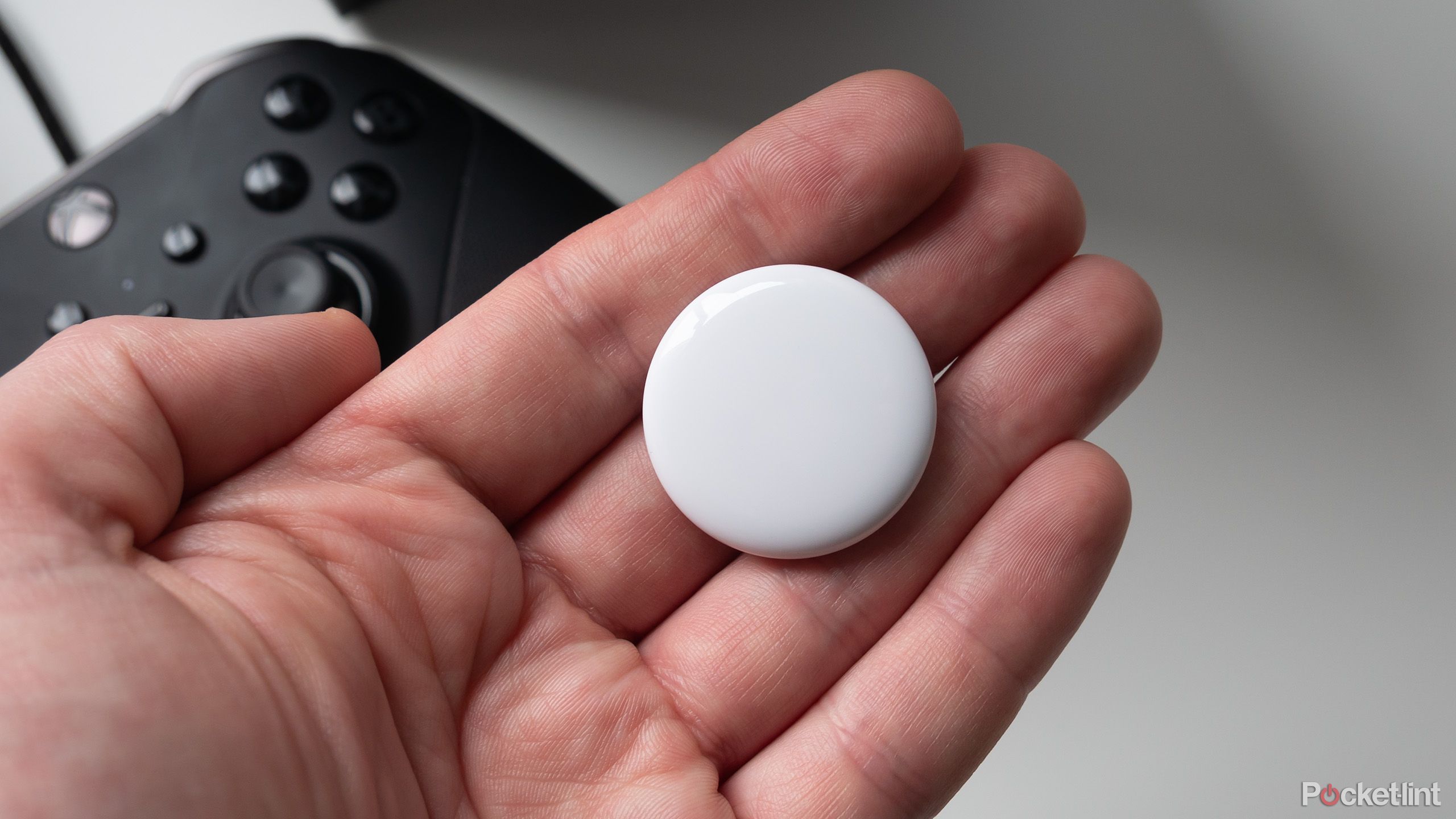
Related
Lost your luggage? These airlines are now using Apple Airtags to track it
Three airlines have rolled out support for Apple's new Share Item Location feature to help find lost luggage.
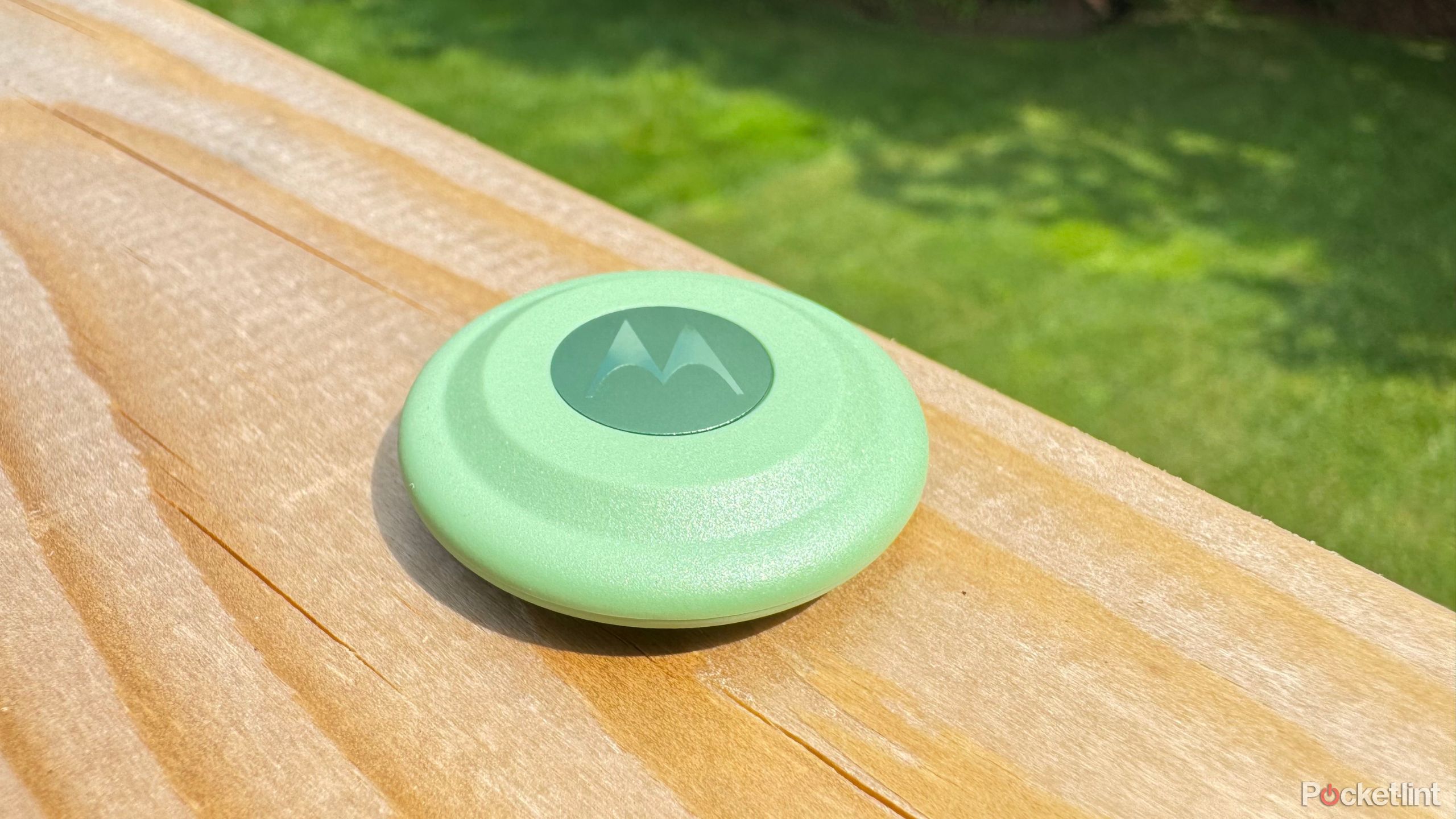
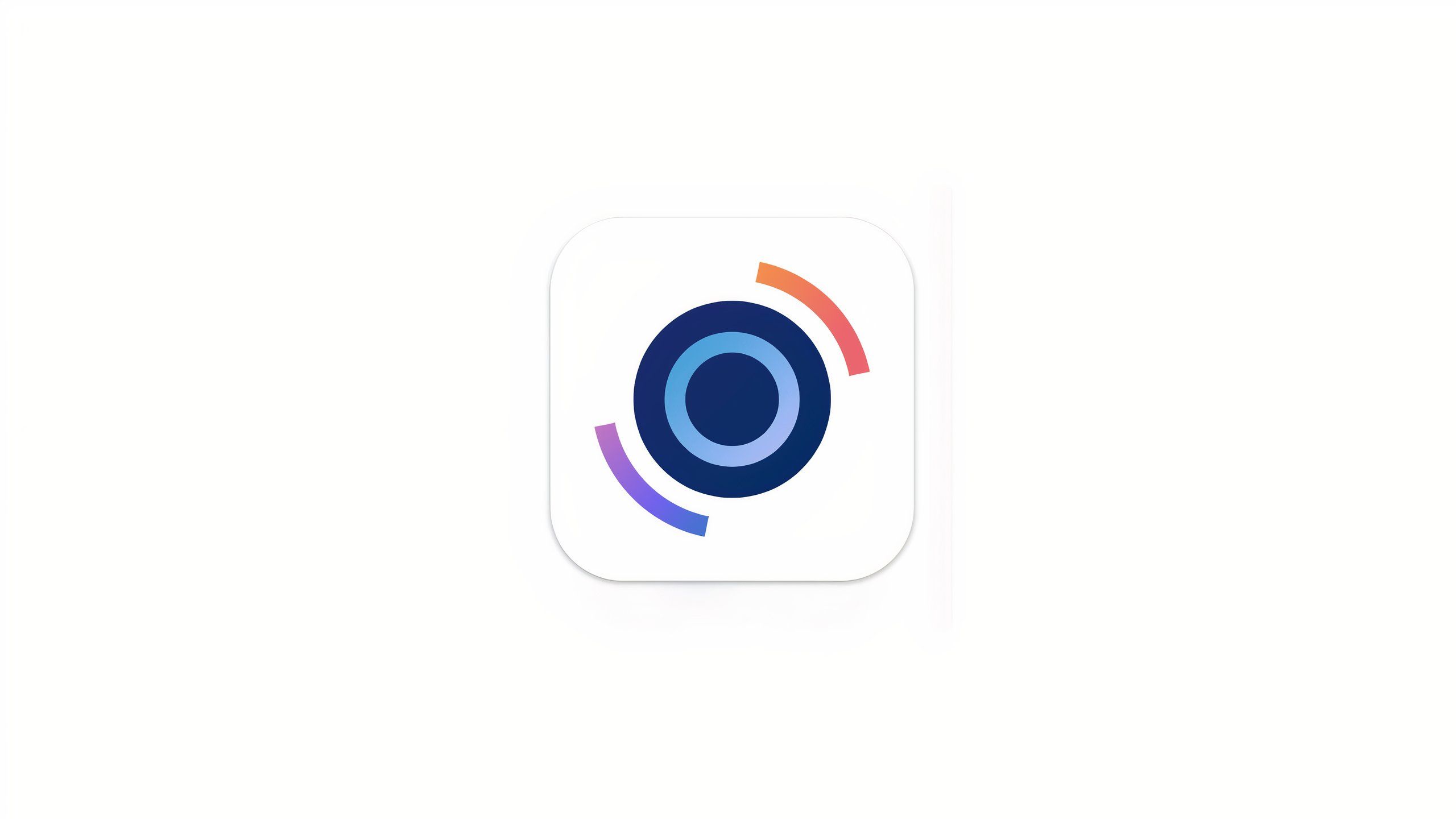
Moto Tag
The Moto Tag app is designed to help you manage your Motorola tracker peripherals, with options to toggle sound, check battery status, and update the firmware.
In order to activate the UWB connectivity already built into your Moto Tag tracker, follow these steps:
Once you've gone ahead and performed the necessary updates, your Moto Tag will be trackable with precision, down to a rough estimate of distance and an arrow pointing in the tracker's direction. This is a marked improvement over the previous non-UWB-compatible system, which visualized distance through a simple shape that would gradually fill in as you approached the peripheral.
